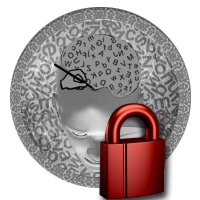
It is believed that the samskaras of a person are stored in the chitta at the time of death. A blueprint is carried along with the soul to the next birth. Delinking of relationships happens between childrenparents and husband-wife. Subsequently, shraadh is performed. Does this ceremony serve any purpose? How long do these relationships persist?
— P Subramanian, Chennai
■ After the death of the body, either the jiva is reborn or it attains nirvana. A person is liberated when the blueprint of samskaras in his chitta, consciousness, is destroyed, for his Atman is already free. It’s the individual’s chitta that needs liberation. If the chitta retains samskaras, the jiva is reborn according to his karma, fruit of his actions. At the time of death, the jiva’s next birth, how long he is going to live, his prarabdha, previous lifetime’s karma that will come to fruition in his next birth, are all decided.
The karma grid works like an automated, sophisticated and accurate machine. Once everything is settled, the jiva starts to look for a new body that has already been earmarked according to his karma. Every jiva doesn’t get a new birth instantly. Some have to go through a transit period that can extend indefinitely. The tradition of shraadh for the departed facilitates the jiva’s crossing over to the other side.
Nobody actually knows what happens to the jiva after death, so to be on the safer side, people perform shraadh of their ancestors. Traditionally, shraadh is done for the benefit of at least three generations. However, when you do it for your dear departed, do it with faith and understanding that they have already attained liberation. ■
Send your questions to st.editorial@timesgroup.com with subject line: Ask Surakshit and state your age

































COMMENTS